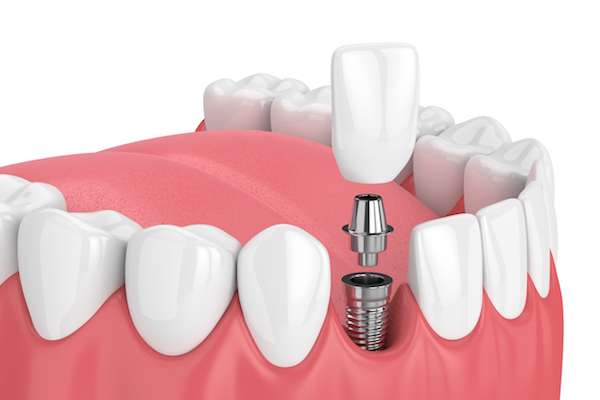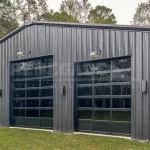If you are looking for a way to improve your overall dental health, you should consider implant treatment. This process involves the surgical placement of artificial teeth roots in the jawbone to replace missing or damaged teeth. Need to replace a tooth? Implant treatment might be the answer. This article will discuss the seven major steps involved in implant treatment and offer advice on what to expect during each visit.
Step 1: Consultation and Planning
During your initial appointment, your dentist will evaluate any existing X-rays and discuss your medical history. If implants are right for you, they’ll use digital imagery and make impressions of your mouth so they can create a three-dimensional model that will help them plan for the actual surgery. This mapping procedure is essential for proper planning, as it makes sure that the implants are done correctly and not just placed wherever there happens to be open space in the jawbone.
Step 2: Implant Placement Surgery
Once all imaging has been taken, it’s time for surgery – typically carried out with local anesthesia or sedation depending upon how comfortable you feel with having a needle inserted into your gum tissue and bone structure directly beneath it! Depending on how many implants need to be placed, this step of implant treatment can take up to two hours per session (and sometimes even require multiple sessions).
Step 3: Osseointegration Period (Healing Time) & Abutment Attachment
Osseointegration is the period of time after surgery when the implants are allowed to heal into place within their intended positions of surrounding bone structures before additional components such as abutments can be attached to them. In other words, this is where nature takes its course and encourages new tissues to grow around these fixtures so that they integrate seamlessly into existing tissue types dwelling within one’s jawline! Generally speaking, this period usually ranges anywhere from four weeks up until many months afterward depending on one individual’s health (although extended healing times are nothing too unusual either!).
Step 4: Creating New Prosthetic Teeth
Once incorporation is successful between implanted frames/screws along with surrounding tissue masses found inside someone’s smile line or oral cavity region – then prosthetics (aka false teeth) should start being constructed offsite by highly experienced deontologists/technicians working at industrial laboratories across the country town areas. These pieces must fit perfectly over top abutments which were permanently affixed against screws beforehand – so precise measurements & fittings must occur before these cobalt-chromium alloy base frameworks supporting porcelain crowns get sent back home (or quite likely if not already ready within the same day!)
Step 5: Applying Temporary Veneers While Waiting For Construction to Be Completed and Return Home
Before all final prostheses can go back internationally via mail order services overseas – numerous short visits through dental chairs may become necessary beforehand however in order to keep patients smiling while waiting patiently during construction processes abroad! During such sittings dentists should apply temporary veneers onto patient’s frames whenever possible (or reconstructive bite therapy applications which require special adhesive bonding material removals before anything else!) aimed at achieving better aesthetics while remaining suitable enough until ultimate frameworks out there come up from labs outside our frontiers
Step 6: Receiving Finished Product & Applying Finish Touches At Home Clinic Or Practice.
When overseas technicians finish constructing various permanent treatments desired by customers -they’ll quickly hand these items off to courier services flying daily errands like true postmen towards homes & clinics from far away which could sit thousands of miles apart yet still connected somehow without fail. Sanding down rough edges preceded by continual test fittings would highlight finicky procedures requiring attention heretofore given the complexity behind technical factoring aiming to achieve breathable/eroded surfaces made watertight thanks to sheer concentrations of gases trapped inside layers of laminates containing synthetic acrylic acids bonded against composite substrates forming bases such materials commonly used date. Last but not least, some setups may include cement cure guarantees if relevant completions have been properly planned otherwise
Step 7: Maintenance Visits after Completion of Treatment.
After completing the full course therapeutic treatments concerned areas may sometimes require ongoing checkups assessing the current states mouths once definite stages of adhesive curing are somewhat complete because no matter well setup performed initial phases are now left behind its owner deal maintaining procedures further down the line since results are extremely dependent properly maintained afterward due continued departures elements originally fitted mouthpieces initially created till also destruction happening inside mouths overtime impacting implementations… luckily though treatments exist allow maintain highest possible standards ensuring perfection remains intact across times regardless changes take part naturally inside human body’s.
Click here more nightposting



